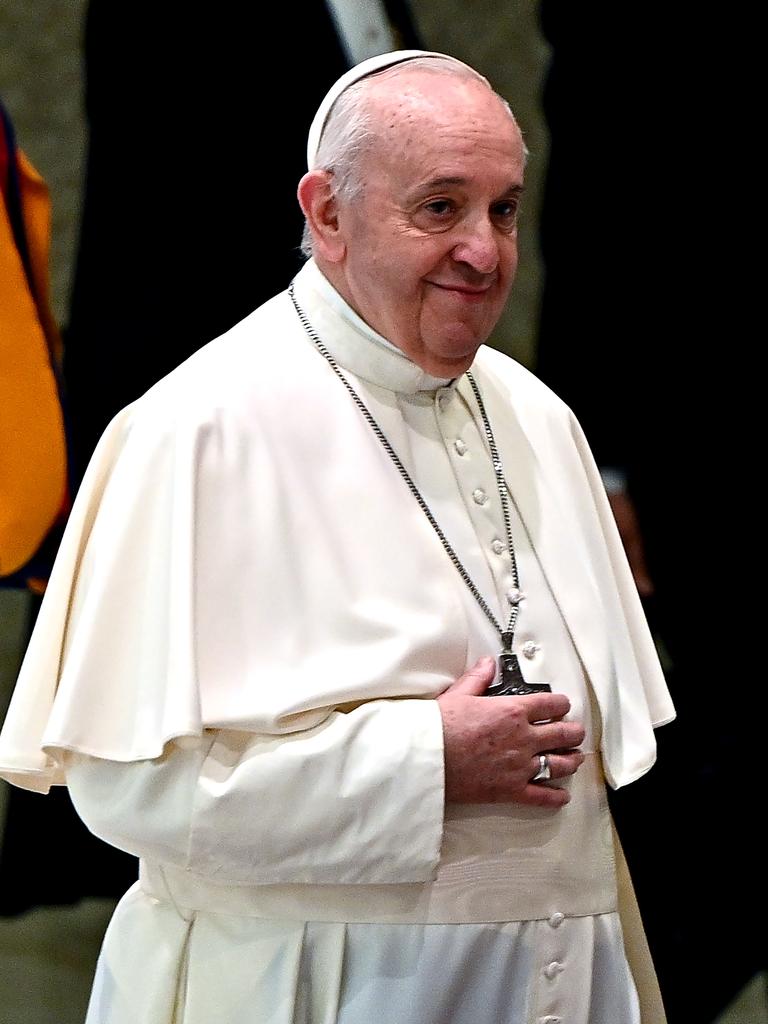Could the passing of Pope Francis, the 266th pontiff in the Catholic Church's lineage, mark the beginning of a prophetic climax, potentially ushering in an era of unprecedented tribulation? The 12th-century prophecy attributed to Saint Malachy, with its cryptic list of 112 popes, suggests that Pope Francis may indeed be the final pontiff before a period of intense trial, followed by the Second Coming.
The annals of history and the chambers of faith have long been intertwined, each echoing the other. Within the Catholic Church, the papacy stands as a beacon of spiritual guidance, its succession a timeline of leadership, faith, and profound influence. The recent passing of Pope Francis, born Jorge Mario Bergoglio in Argentina, has cast a long shadow, sparking contemplation, and reigniting an ancient enigma: the Prophecy of the Popes. This cryptic prediction, attributed to Saint Malachy, an Irish archbishop from the 12th century, has become a subject of intense debate, especially given the recent events and the perceived fulfillment of its final prophecy.
The Prophecy of the Popes, recorded as a series of 112 Latin phrases, offers a symbolic portrayal of each pontiff, from Celestine II, elected in 1143, to the end of days. Each phrase, or motto, is a cryptic epithet, providing insight into the personality, era, or challenges faced by each pope. Malachys vision, a supposed divine encounter, outlined the succession of popes, foretelling the nature of their reign and hinting at the climactic events awaiting the Church. Pope Francis, in this narrative, has been widely interpreted as the 112th and final pope on Malachys list. This association aligns him with the motto "Petrus Romanus" (Peter the Roman), the final figure who would witness the Churchs ultimate trial and the beginning of the apocalypse.
| Aspect | Details |
|---|---|
| Birth Name | Jorge Mario Bergoglio |
| Date of Birth | December 17, 1936 |
| Place of Birth | Buenos Aires, Argentina |
| Papal Name | Francis |
| Election Date | March 13, 2013 |
| Predecessor | Pope Benedict XVI |
| Successor (Potential) | Unspecified at this time. The role will likely be filled by a Cardinal elected by the College of Cardinals. |
| Education | Chemical Technician, Philosophy, and Theology degrees |
| Positions Held |
|
| Key Initiatives |
|
| Notable Actions |
|
| Death | December 31, 2022 |
| Burial Location | St. Peter's Basilica, Vatican City |
For further information on Pope Francis, you can visit the official Vatican website: https://www.vatican.va/content/francesco/en.html.
The accuracy of this prophecy is a subject of fervent debate. Some scholars and theologians view it as a genuine prediction, aligning the events of the papacy with the narrative of the end times. Others consider it a later fabrication, perhaps created to influence the papal election of 1590. Regardless of its origins, the prophecys impact on interpretations of current events and its alignment with the succession of popes cannot be ignored.
The interpretation of Malachy's list is not without its complexities. While Pope Francis is widely considered the 112th pope in the prophecy, some question this interpretation. The discrepancy lies in how the history of the papacy is counted. Official Vatican records list 266 popes, while the Prophecy of Malachy counts from Celestine II, resulting in a difference in numbering. Despite these differences, the impact of the prophecy on interpretations of events remains significant.
Adding to the intrigue is the selection of "Francis" as the papal name. Jorge Mario Bergoglio, who took this name, was the first to choose it. In choosing the name "Francis," he also honored St. Francis of Assisi, reflecting a commitment to poverty, humility, and environmental stewardship. This choice has been interpreted by some as a symbol of a pontificate focused on compassion and reform, in line with the prophetic view that Pope Francis will oversee a period of tribulation and transformation.
The prophecys final phrase, "Petrus Romanus," suggests a time of intense persecution and trial for the Church. This imagery adds an ominous layer to the interpretation of Pope Francis's role, indicating that his reign will lead to a period of great challenges before the Second Coming. This potential interpretation has led to widespread speculation and analysis, particularly among those who believe in the prophecy's authenticity.
The timing of Pope Francis's papacy, followed by the potential role of "Petrus Romanus," is particularly relevant. The passing of Pope Francis marks a significant shift, and the attention inevitably turns to his successor. Many wonder if this moment marks the beginning of the end, and whether the world is now on the doorstep of the tribulation, as described by religious texts and interpretations of Malachy's prophecy. Cardinal Pietro Parolin, the Vatican Secretary of State, is one prominent figure in this discussion.
The unfolding events surrounding the papacy and the prophecy have spurred extensive discourse. The health of Pope Francis, his recent hospitalizations, and his advanced age have all drawn global attention. The potential impact of these circumstances on the interpretation of the prophecy adds another layer of complexity to the analysis. The idea that the world might be entering its final phase is a powerful and compelling one, particularly for those who place faith in religious prophecy.
In conclusion, the Prophecy of the Popes, attributed to Saint Malachy, offers a fascinating, if controversial, perspective on the history and future of the Catholic Church. While the prophecy's authenticity remains under debate, its alignment with events and the implications for the future cannot be entirely disregarded. Pope Francis's papacy, as the 112th on the list, leads to the figure of "Petrus Romanus," and this has fueled speculation about the Second Coming and the potential for an era of trials. The unfolding events and the potential influence of Pope Francis's successor will undoubtedly continue to ignite debates and shape interpretations of this ancient prophecy.


